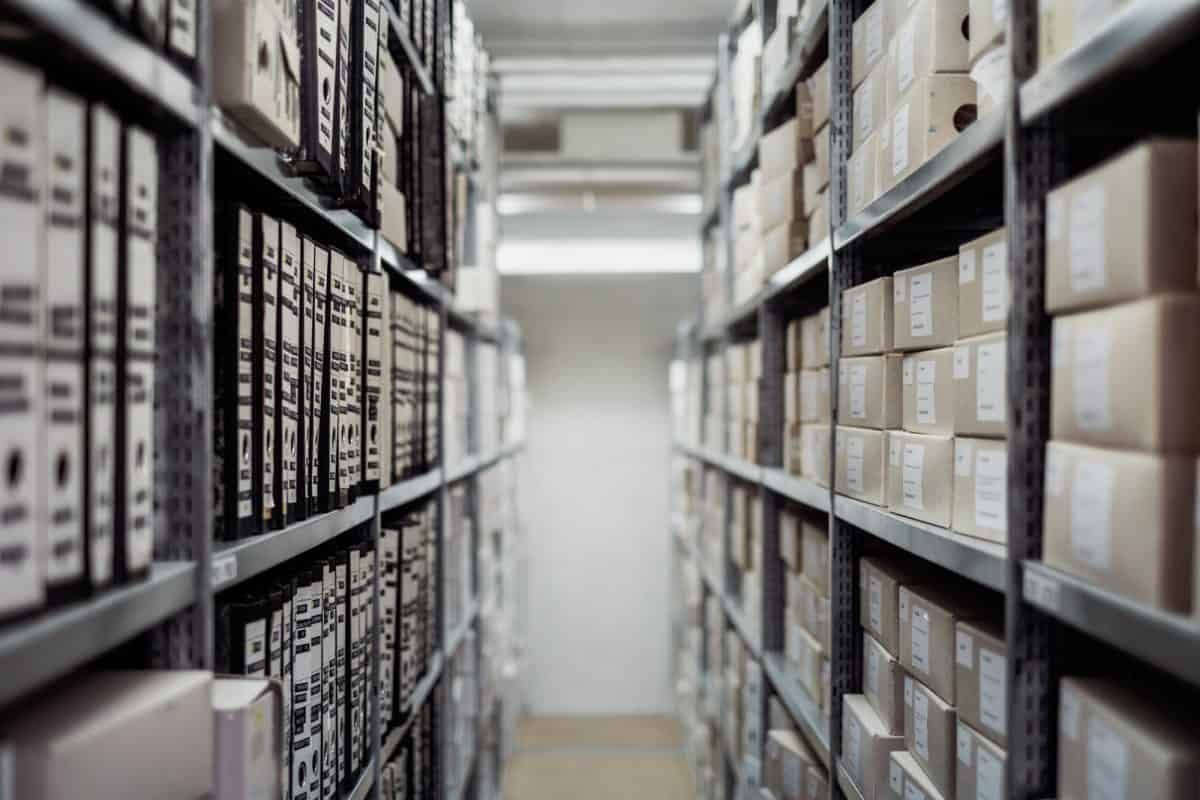The demand for shorter delivery times is growing, product selection is becoming wider and the world revolves more and more around short-term promotions. How does the producer ensure sufficient flexibility with the packaging without compromising on a short delivery time? And, at least as important, how do you keep the TCO as low as possible? 
A few years ago it was fairly easy. A label was designed and after approval, the printer was instructed to print thousands, for example on thermal transfer material, in order to be able to add changing data such as a production date later with a thermal transfer label printer.
20% to the waste:
Now consider what happens to these labels when you move? What to do if the company logo changes? Or the customer still opts for a larger package, the sale is lagging behind so the pre-printed labels can last 10 years.

On average, around 20% of the pre-printed labels end up in landfill. The aforementioned reasons are only a limited number of scenarios that lead to the pre-printed labels having to be removed.
Costs continue to rise
Special promotions ensure relatively expensive labels. Printing companies usually work with large volumes. The smaller the number, the higher the price and the price increases rapidly with numbers lower than 25,000. A short-term promotion or a product for special days such as Mother’s Day or Easter quickly creates a challenge in this way.

Certainly when an action is a success and 1,000 extra have to be added quickly, not next week but today. The printer will not succeed and if so, then an invoice will appear on the mat that will not make anyone happy.
Storage of pre-printed labels
The often forgotten cost item for preprinted labels is storage. This cost item is often not visible in the books and in many cases not easy to calculate.
Take a moment to count with producer “X”. Producer X sells a range of 1,000 products. These products are sold to most customers as “Y” brand, in addition, producer X sells these 1,000 products to its 10 largest customers under a private label of the customer.

In this case, the producer has 11,000 different labels in stock with an average circulation of, for example, 20,000 pieces, which amounts to 220 million. labels or (assuming an average label) +/- 75,000 rolls. This costs around 100 m2 of storage space, which quickly amounts to a cost of € 5,000 per year.
There is a solution:
Experience shows that it is cost-effective to replace around 80% of pre-printed labels with labels from our own production. Own production? Do I have to become a printer myself?

No, of course you don’t, but you can purchase a good inkjet label printer. This way you can easily print your own full-color labels at high speed without compromising on quality. Whether you need 10, 100 or 5,000, you can print them today and continue right away.
This is how you realize the short delivery time and flexibility that the market demands. With the TM-C7500 (G) from EPSON you are guaranteed of quality without the label being more expensive, provided you make a fair comparison of course.
Is the pre-printing of labels a thing of the past?
No, certainly not! If there is sufficient time between demand and delivery and the volumes are large enough, a printing company will always be cheaper. 
Our experience shows (based on average):

